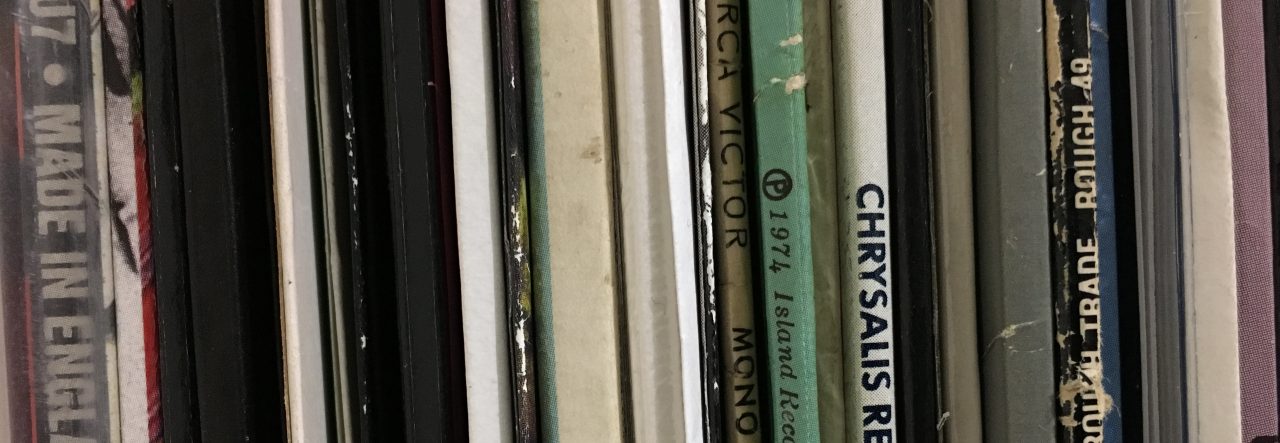
Bis dat (Give more) is the latest release from the long-running Spire project, which celebrates the venerable organ and the long shadow cast over the development of contemporary music, from its Roman origins to its divisive association with the architecture of Christian churches. This collection is the second to feature various artists creating new pieces using The Eternal Chord ensemble’s Semper Liber (Always Free) album from 2018 as their source material, and finds artists as diverse as Faith Coloccia, BJ Nilsen and Zachary Paul offering tracks that further invert any commonly held misconceptions about the organ.
The Eternal Chord is curated by Touch’s Mike Harding and consists of Marcus Davidson, Hildur Gudnadottir, Charles Matthews, Clare M. Singer, Maia Urstad, Anna Von Hausswolff and others. Live performance is a critical aspect of The Eternal Chord, and Semper Liber was compiled and edited from various Spire events that have taken place around the world since 2009. Generally being custom-built for the specific location into which they were going to be installed, the players are just one aspect of Semper Liber – the other is the distinct sonic personality of the organ which is being played, whether that be the 1877 ‘Father’ Henry Willis organ at London’s Union Chapel or the comparatively modern 1967 Karl Ludwig Schuke instrument at Berlin’s Passionskirche.
Very often, it’s not really possible to identify anything resembling an organ on these pieces. Even allowing for aggressive processing and atypical performance, the instrument has a distinctive character which manages to cut through any alteration process. Brief moments of that character emerge in Faith Coloccia’s ‘Voice IV Sarcode’ or in the frozen stillness in the background of strom|morts’ ‘Absolute Magnitude Hermetism’, but for the most part what the organ provides to these pieces is a suggestion of its tonal familiarity.
One of the organ’s technical innovations was the ability to create infinitely held tones, and these pieces are filled with such drones – static, immovable blocks of texture that are anything but still. In the hands of Rhodri Davies’ ‘HAARP’, he deploys his e-bow to his harp to create layers of squalling, overlapping drones over the course of his 31-minute contribution. His piece is, at first, aggressive and uncomfortable, but listen to the delicate microtonal shifts sitting just on the edges, and what emerges is strangely hypnotic and uplifting. Something similar happens on Zachary Paul’s visceral ‘Sunken Cathedral’, where his scratchy violin rests on top of a a shimmering, impenetrable blur of rapid oscillations and drones so ephemeral that they could be sonic approximations of heat haze.
The Eternal Chord is a collaborative project in its own right, and Bis dat is broad minded enough to accommodate collaborations within that collaboration. Alcibiades is a pairing of the elusive radio static-manipulating venoztks and Jay Glass Dubs. Their ominous ‘Omicronology’ exists as a combination of skipping, hopping waves of intrafrequency growling and unfathomable vocal bursts, over which an inquisitive gamelan-style melody is interwoven. We hear echoes of the piece’s background radiation in a concluding piece from The Eternal Chord – ‘Omnia transeunt’ – which is many steps removed from anything resembling an organ, a ringing synth pulse and whistling sound approximating an unpredictable melody.
We all have a perception of what organ music sounds like. With Bis dat, and indeed all the various Spire activities, we are encouraged – forcibly, noisily and occasionally uncomfortably – to rethink that perception.
Bis dat was released May 6 2022 by Spire / Touch.
Words: Mat Smith
(c) 2022 Further.
